The rain squalls seemed to be spaced about one church apart. I next fled into the Peterskirche, the oldest Munich church, which was also repaired in the 20th century. The most interesting relic on display was the skeleton of Saint Munditia, inset with gold and jewels and dressed in silk netting. Munditia, martyred circa 300 AD, was originally entombed in the Cyriaca catacombs along the Via Tiburtina in Rome. She’d only been dead for 700 years when the Peterskirche was first built. She came to Munich as a Counter-Reformation gift in 1675.
https://commons.wikimedia.org/w/index.php?curid=2897314
The rain momentarily stopped, so I left the Peterskirche for the Odeonplatz, where I was driven into the Feldherrnhalle and then the Theatinerkirche by the rain.
I could not realistically get wetter, so I resumed tramping through the downpour to the university. Finally I waited in the atrium of the main building, a lovely and well-used space, gradually steam drying, and also wondering if a person could catch any ancient diseases wandering around European cities in the rain without a handkerchief.
Then Alex showed up, it stopped raining and the sun came out. We walked through a corner of the Englischer Garten, certainly one of the finest public parks in the world.
A week or a month would be well spent here, for day hikes and short drives and general amazement. The paleness of the Dolomites reacts to light almost as readily as water. The mountains and lakes change color from minute to minute under the play of the clouds. We parked at Lago di Landro, or Dürrensee, and gradually worked our way on foot for a few miles into the Parco Naturale Tre Cime.
Fortifications were already not scarce on our route. South European history has some resemblance to a Hobbesian war of all against all, and our route across Austria had already brought us past ancient stone forts, medieval castles, defensive Renaissance towers, walled villages, and finally World War One cement blockhouses. The road down into Italy revealed the same tendency to fortify, only more so.
Modern Belluno was a pleasant-seeming but unprepossessing stringbean-shaped town along the Piave River. Ancient Belluno, where we stayed, was built onto a promontory over the river and still retained some of its medieval and Renaissance fortifications.
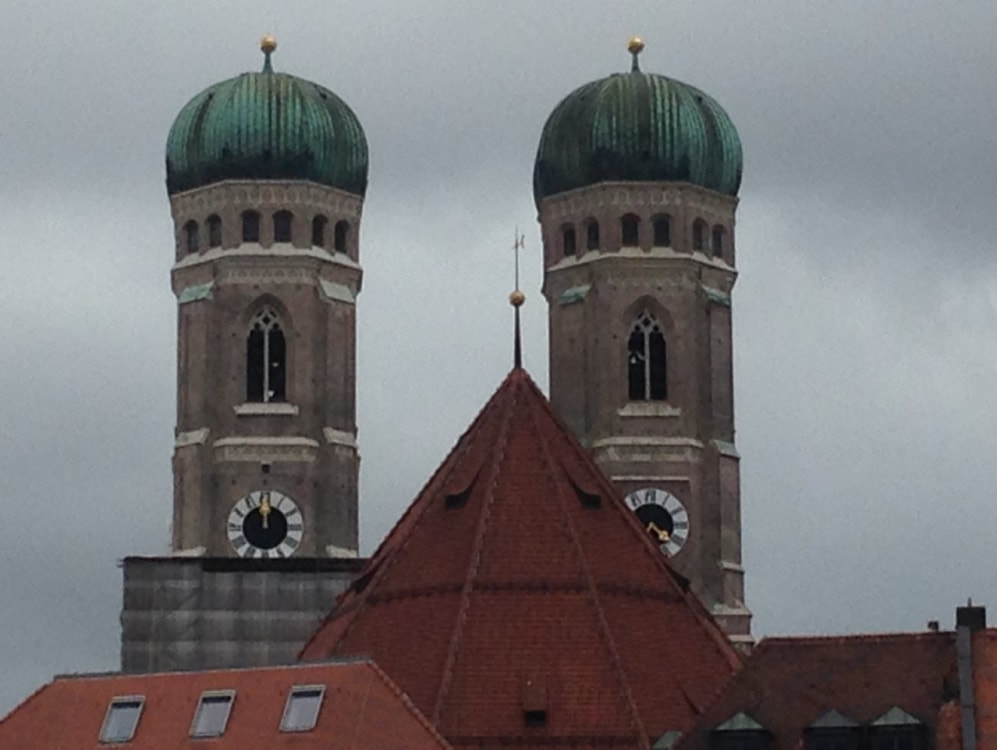
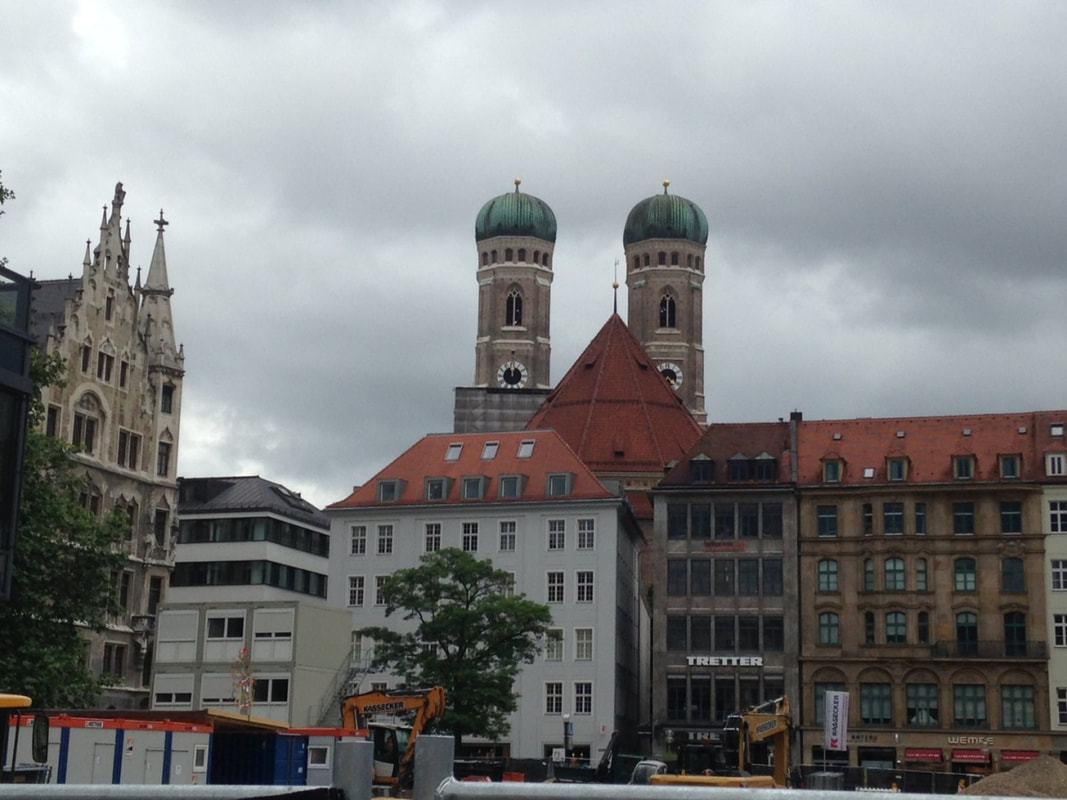
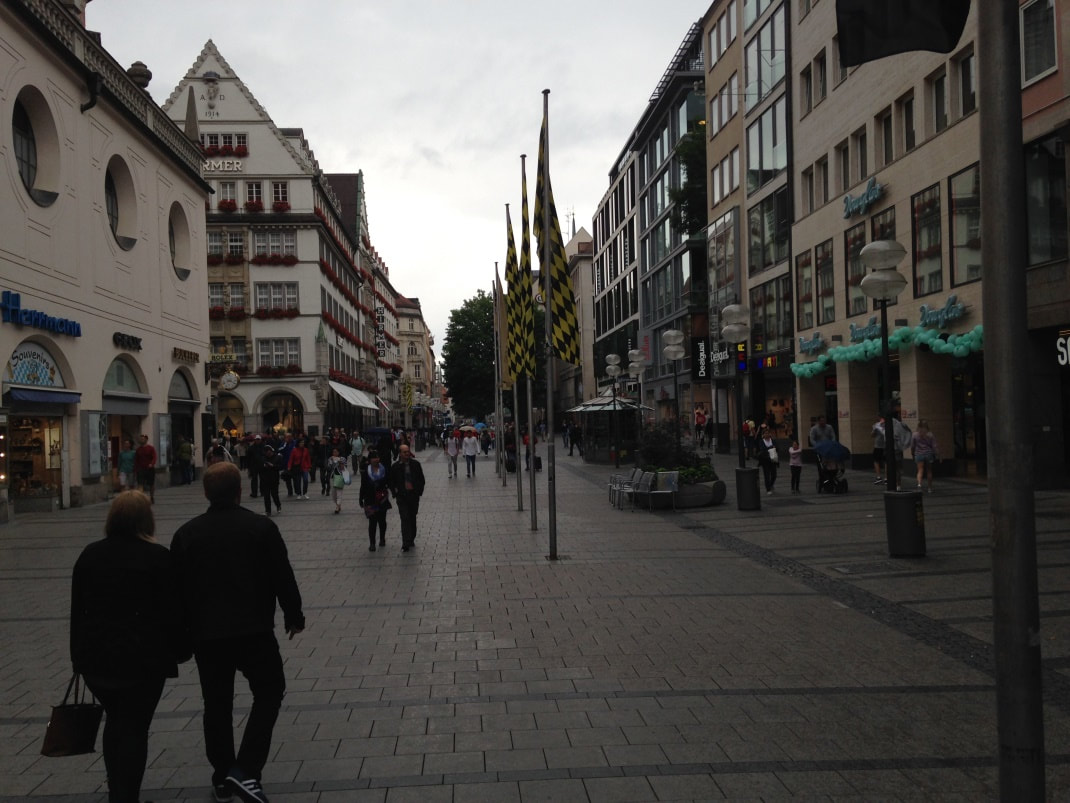
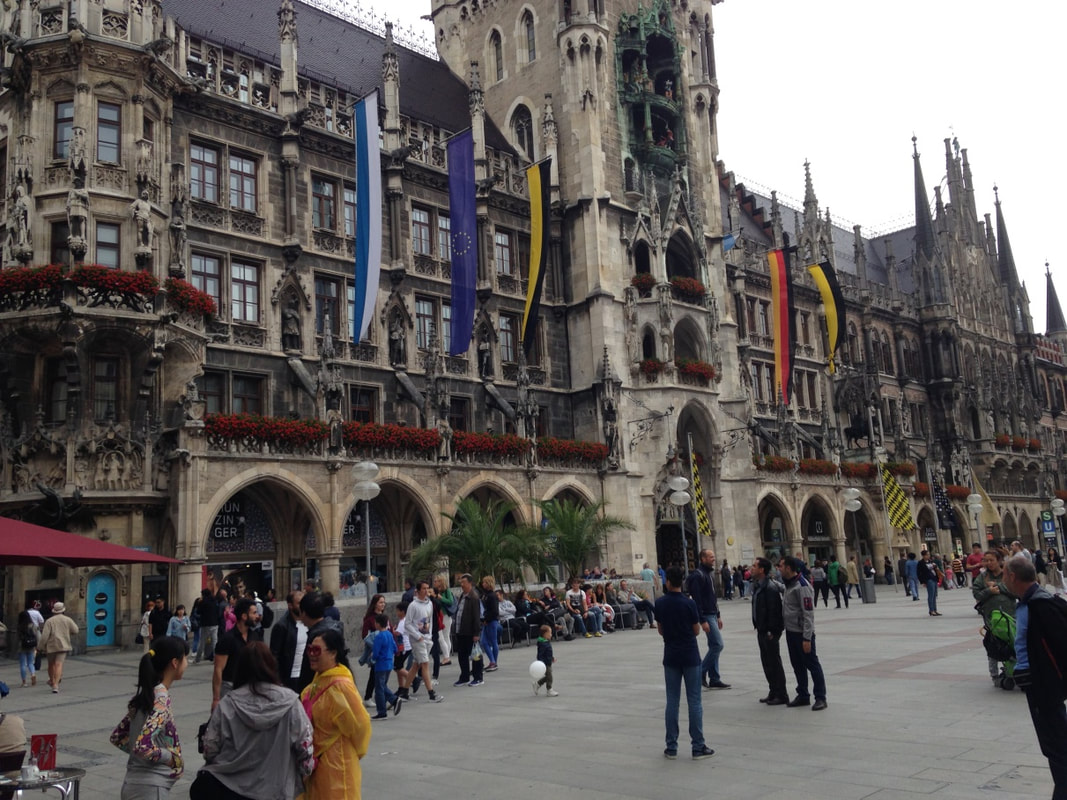
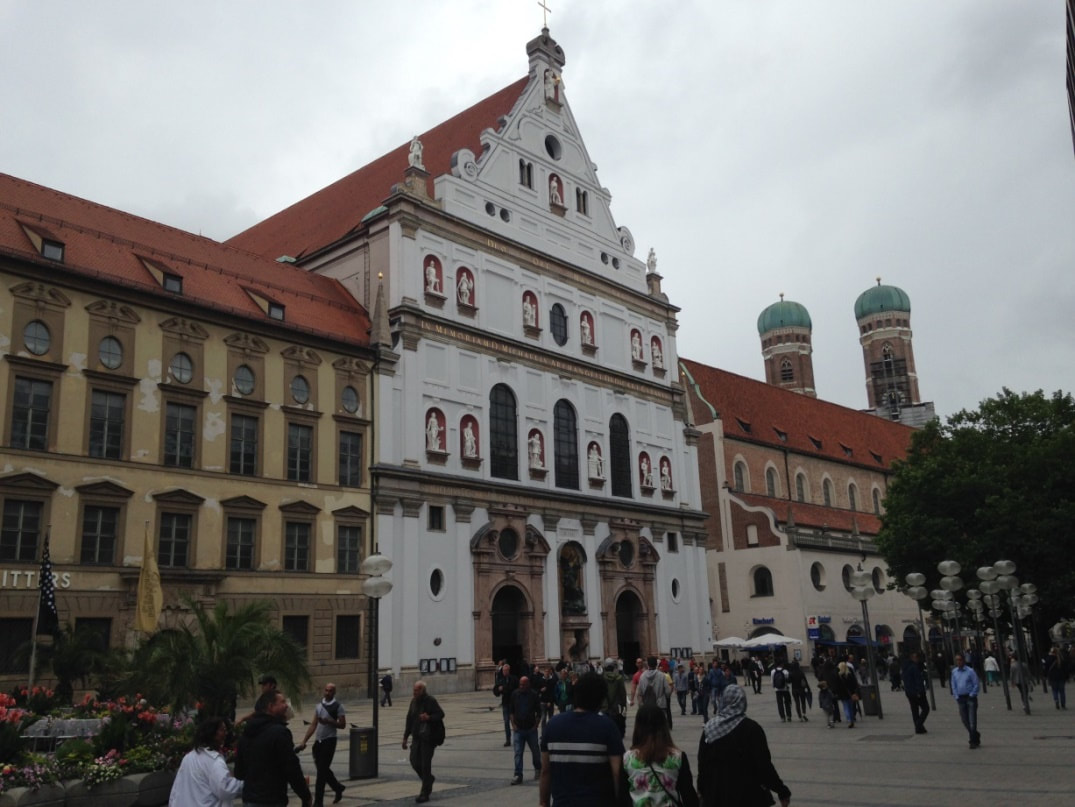
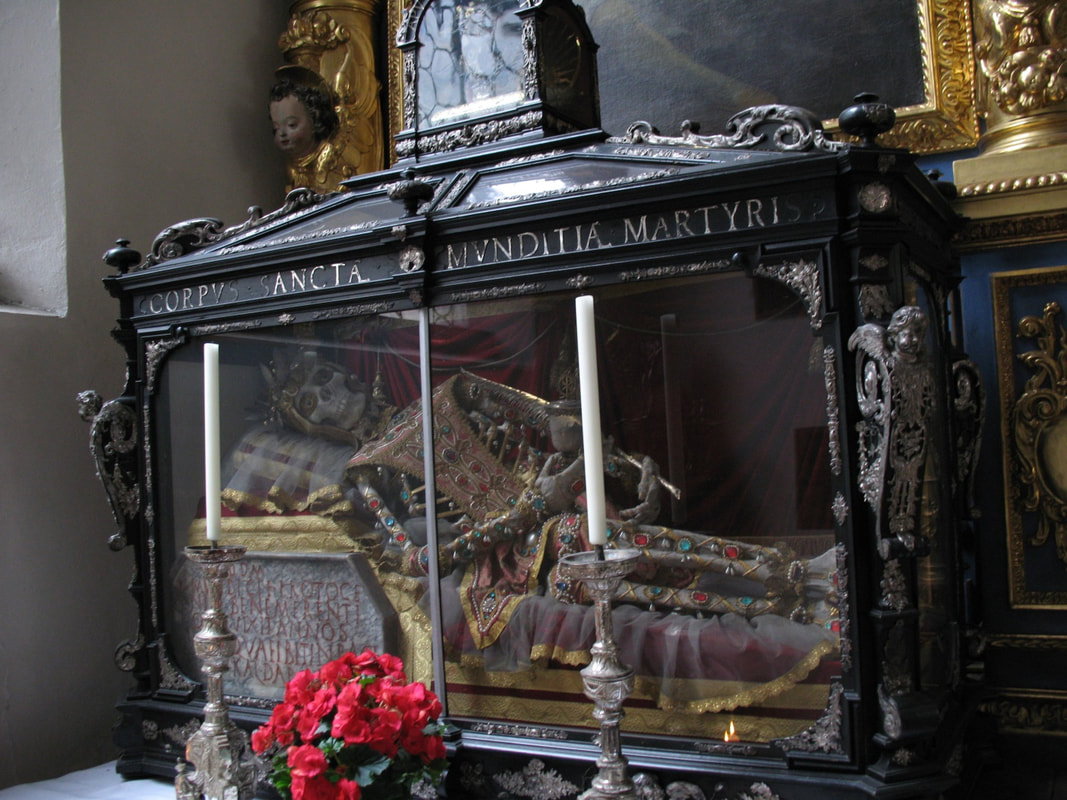
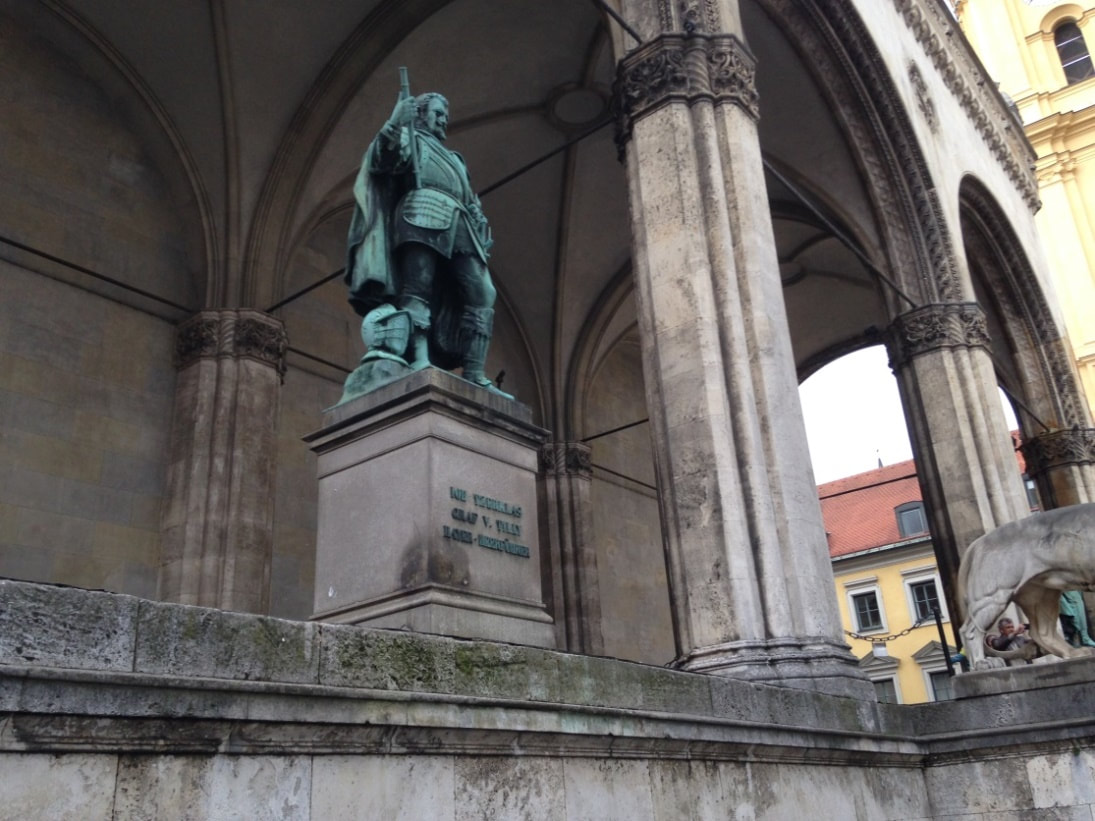
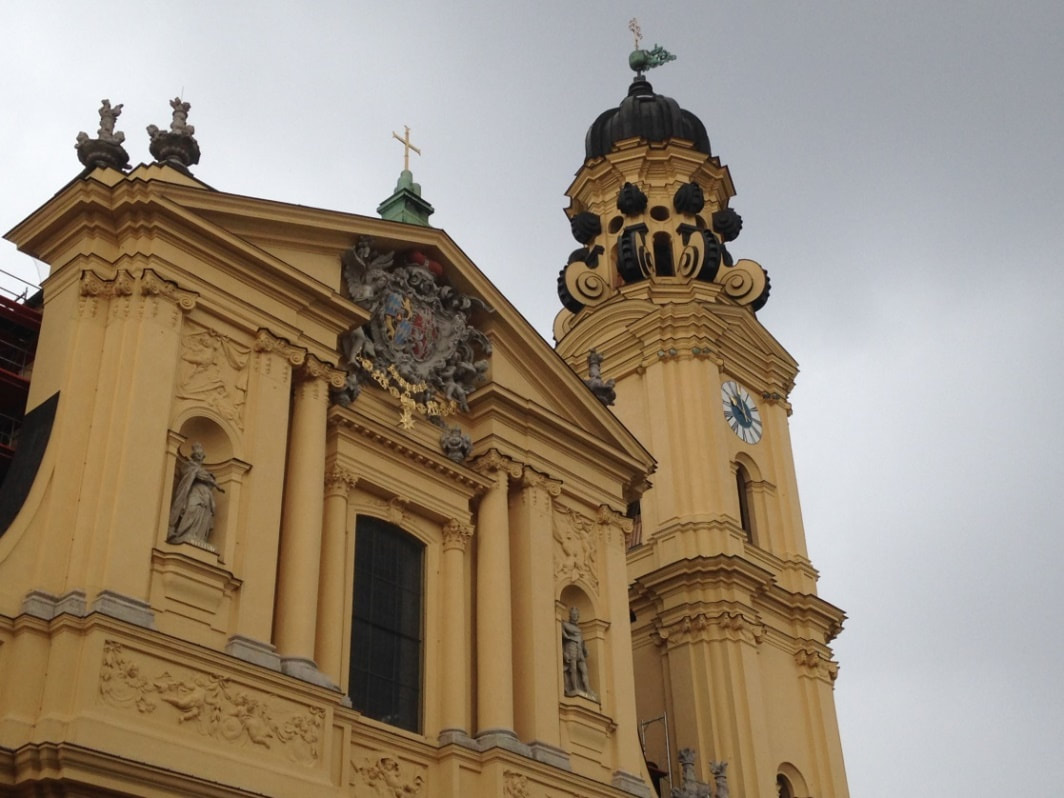
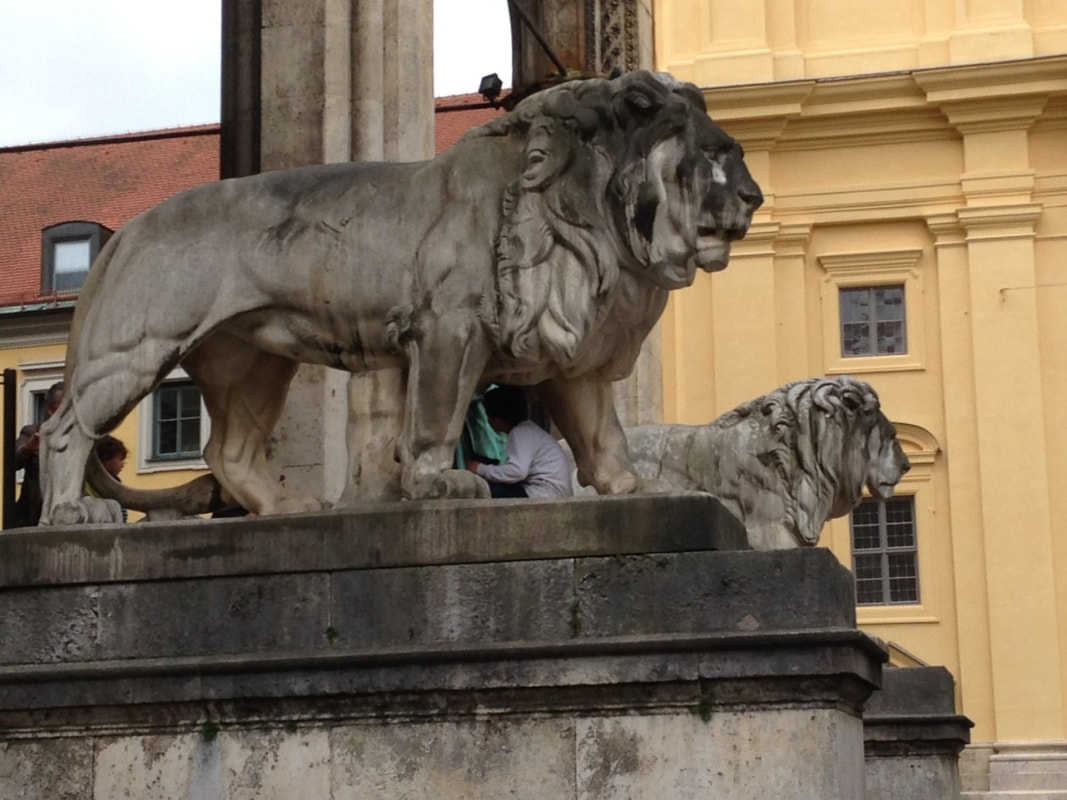
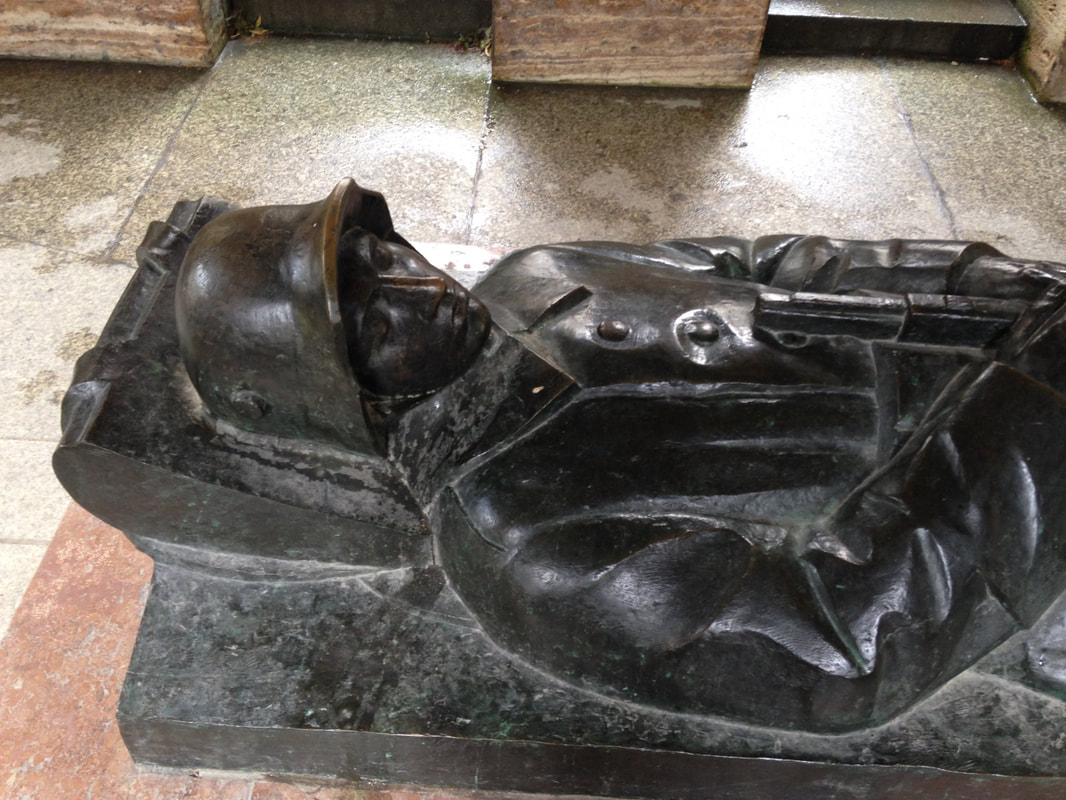

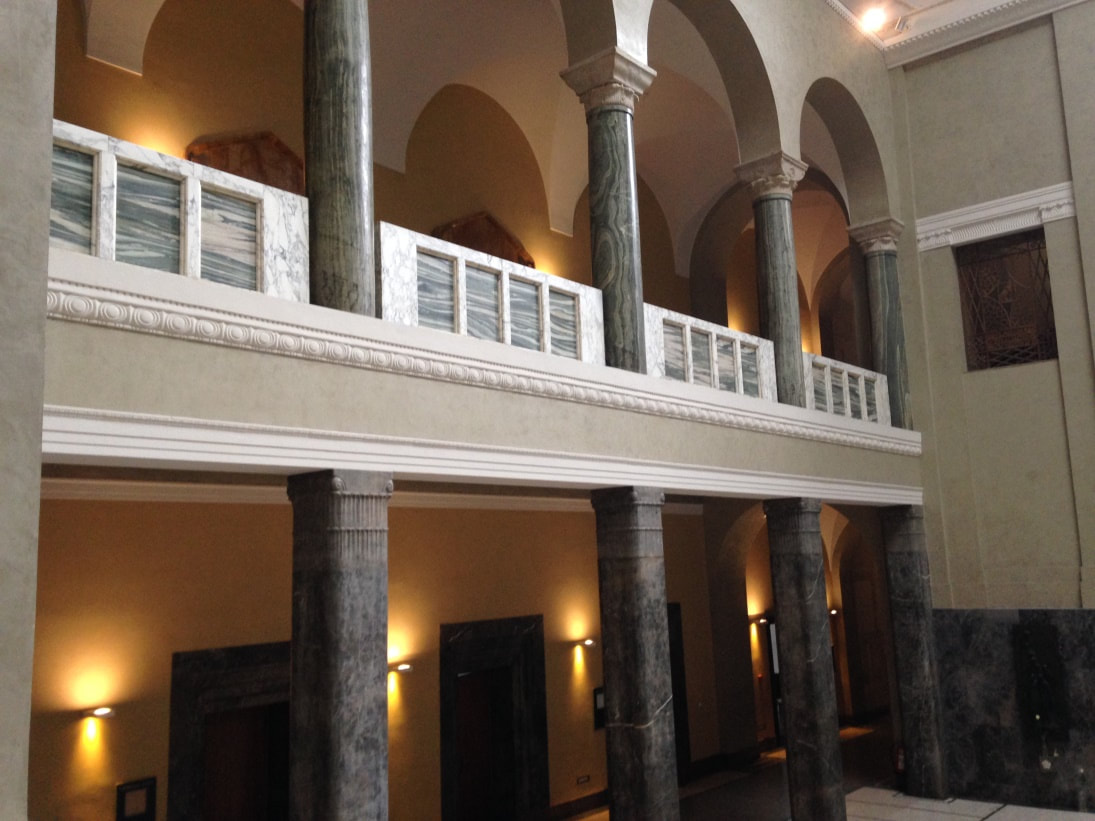
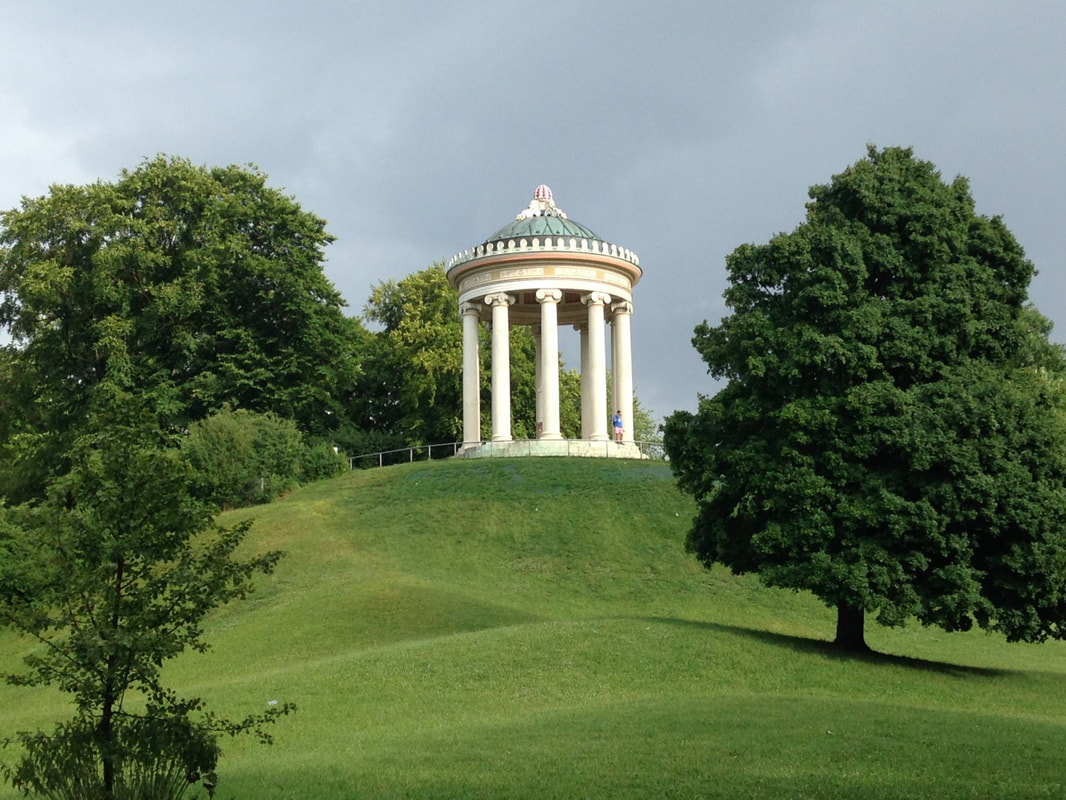
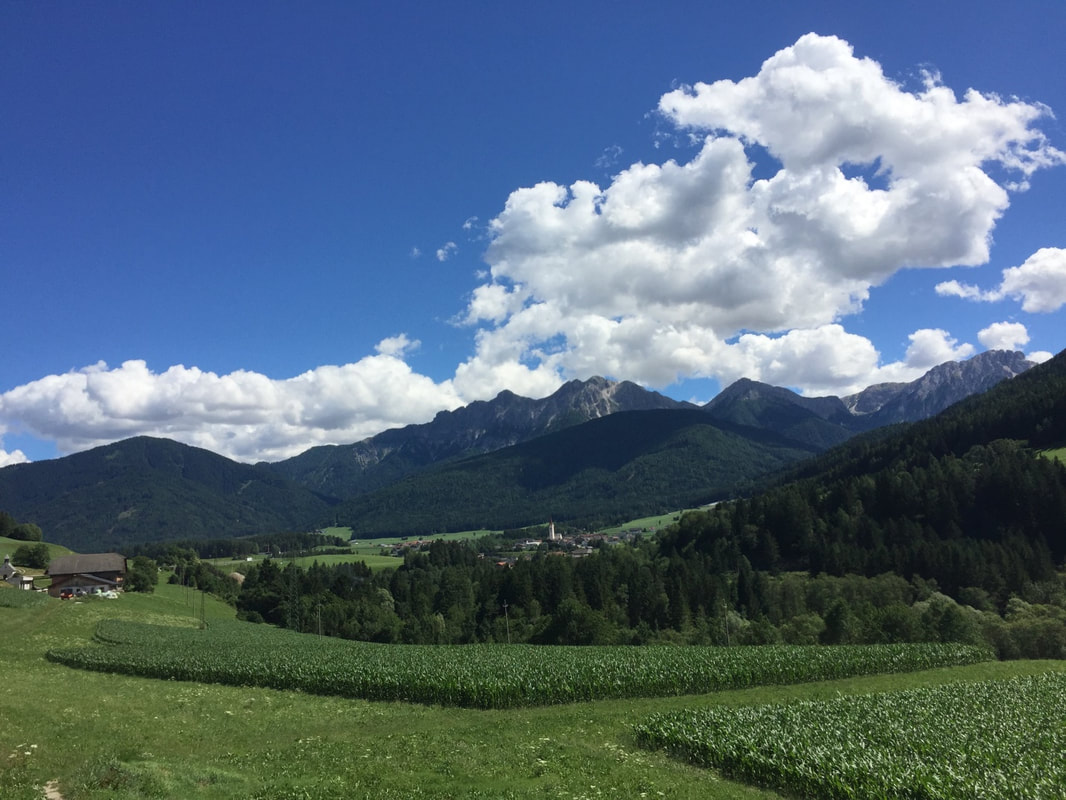
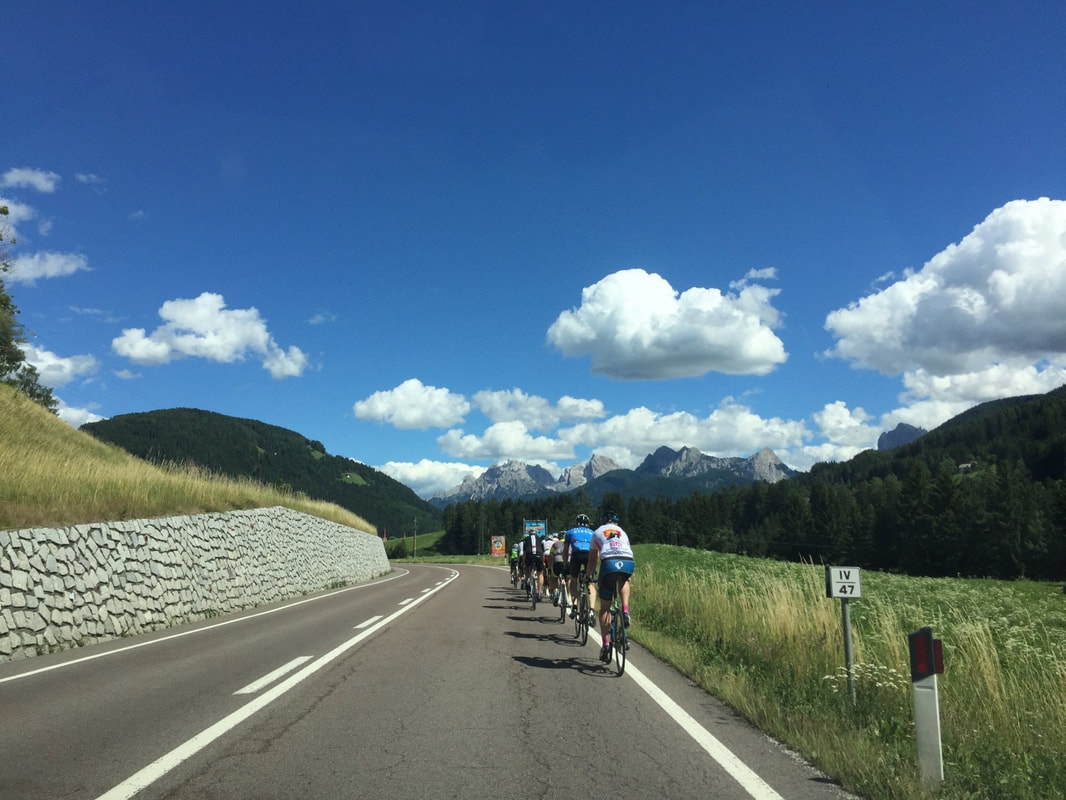
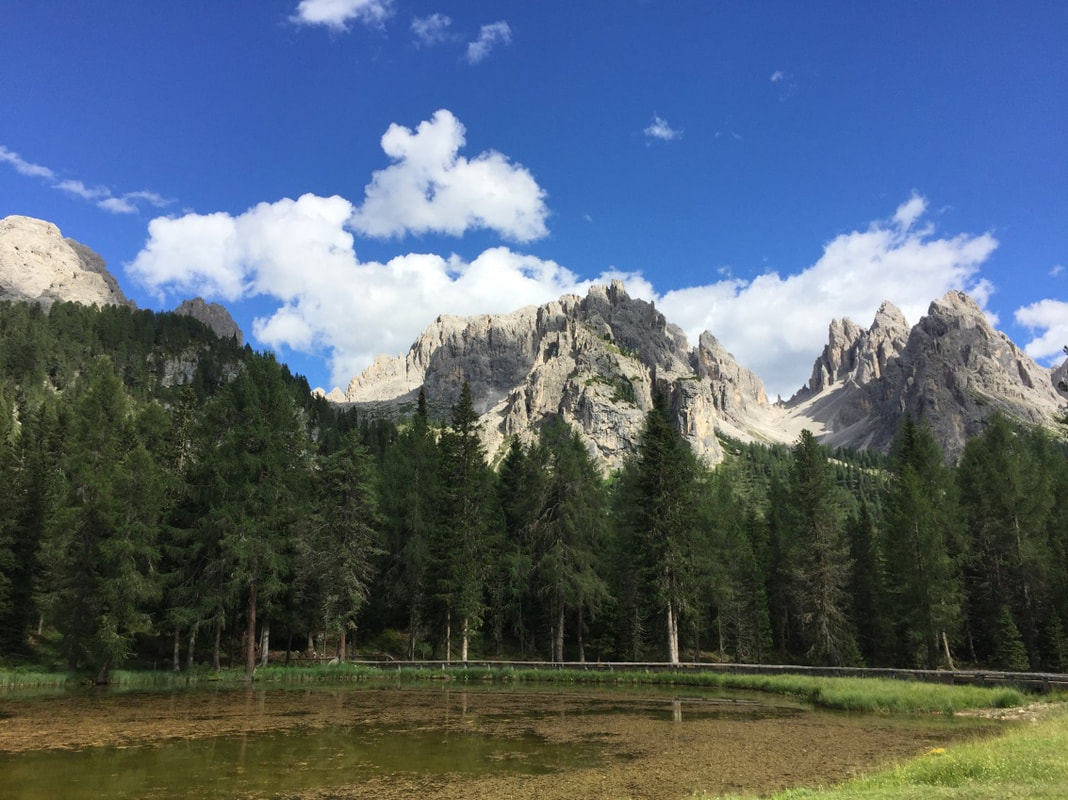
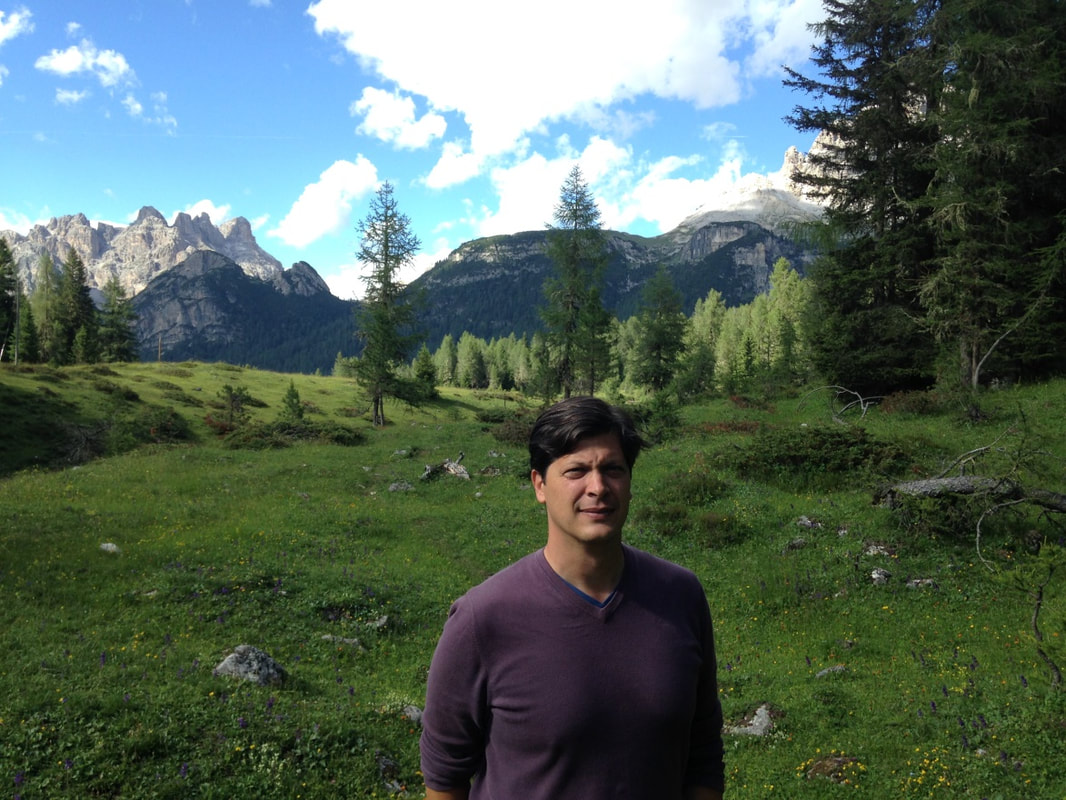
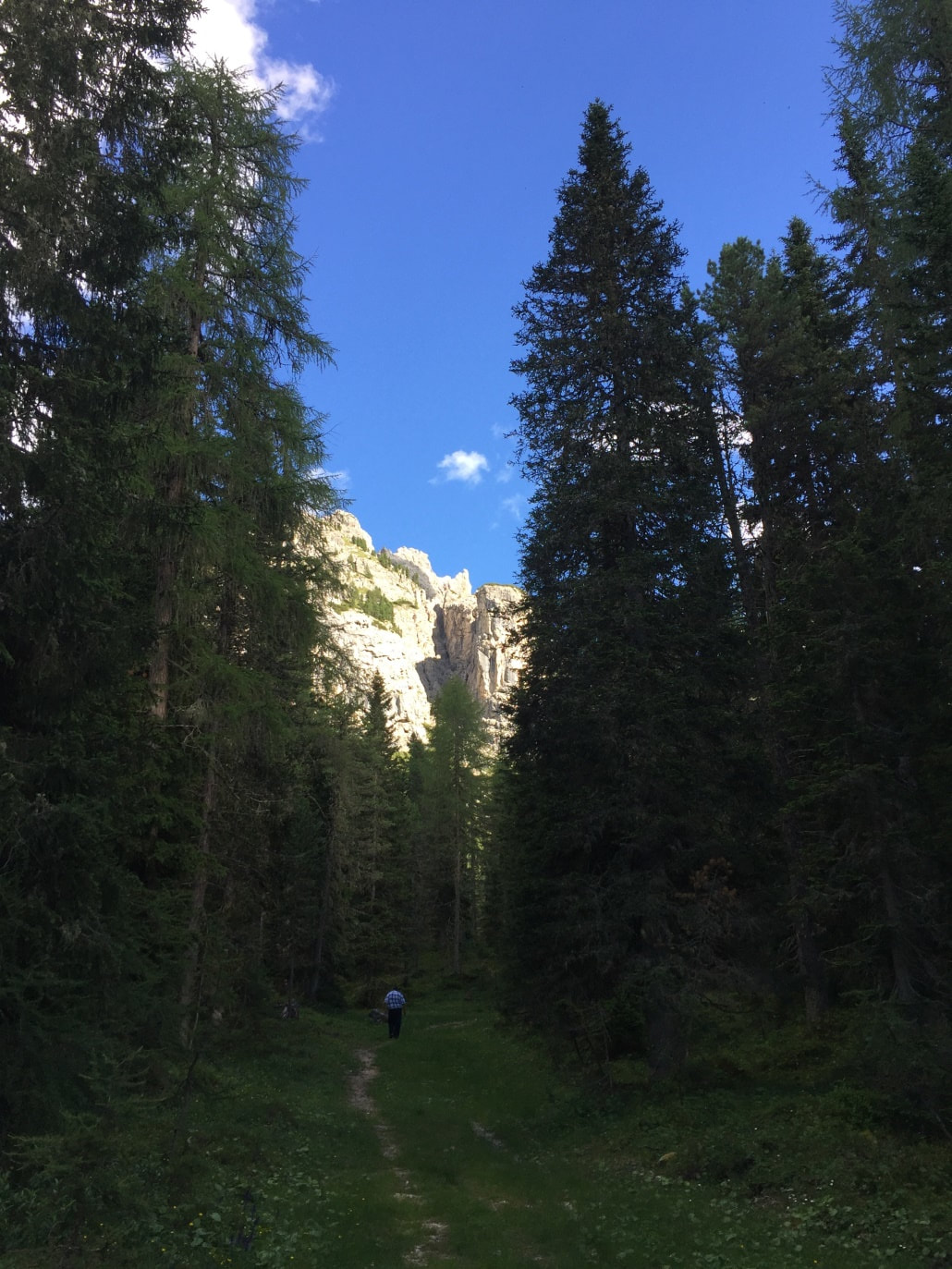
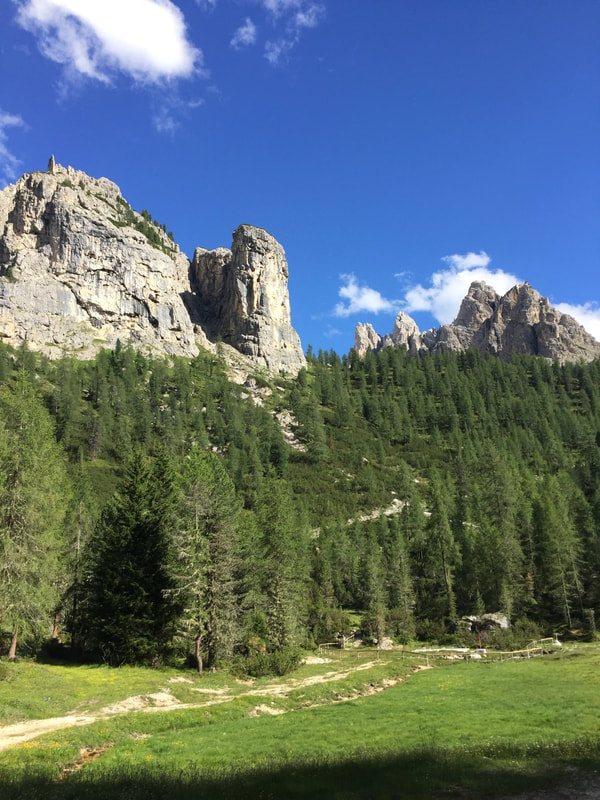
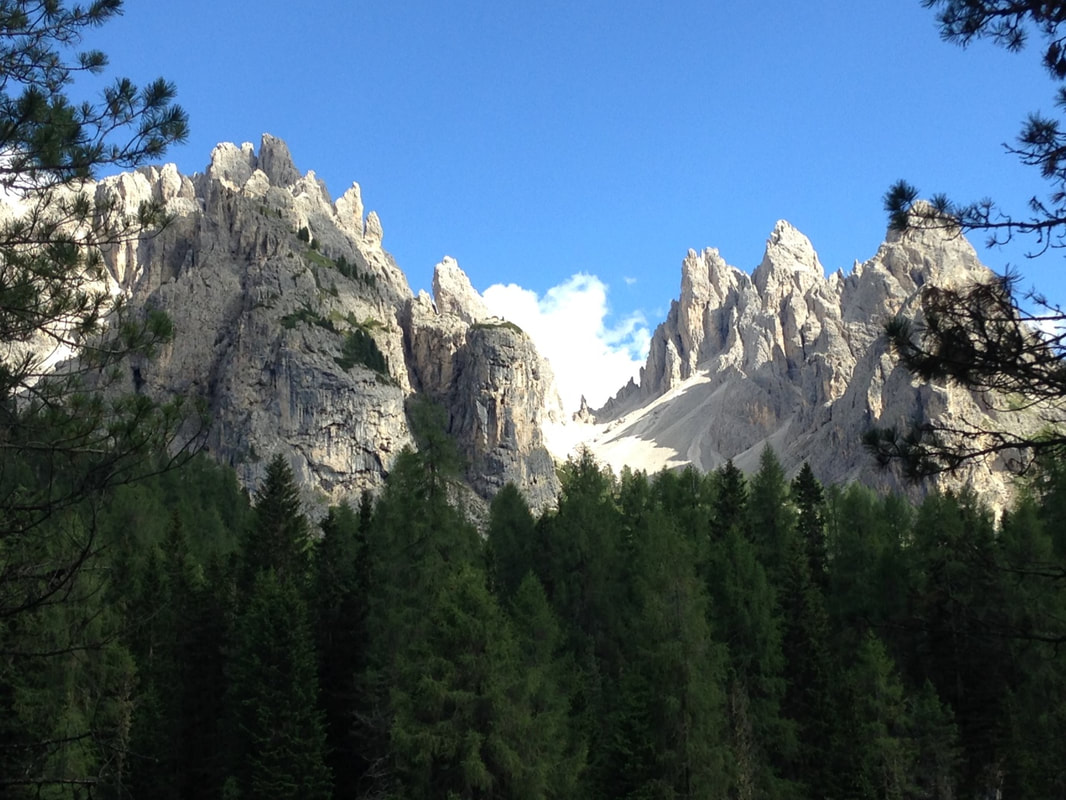
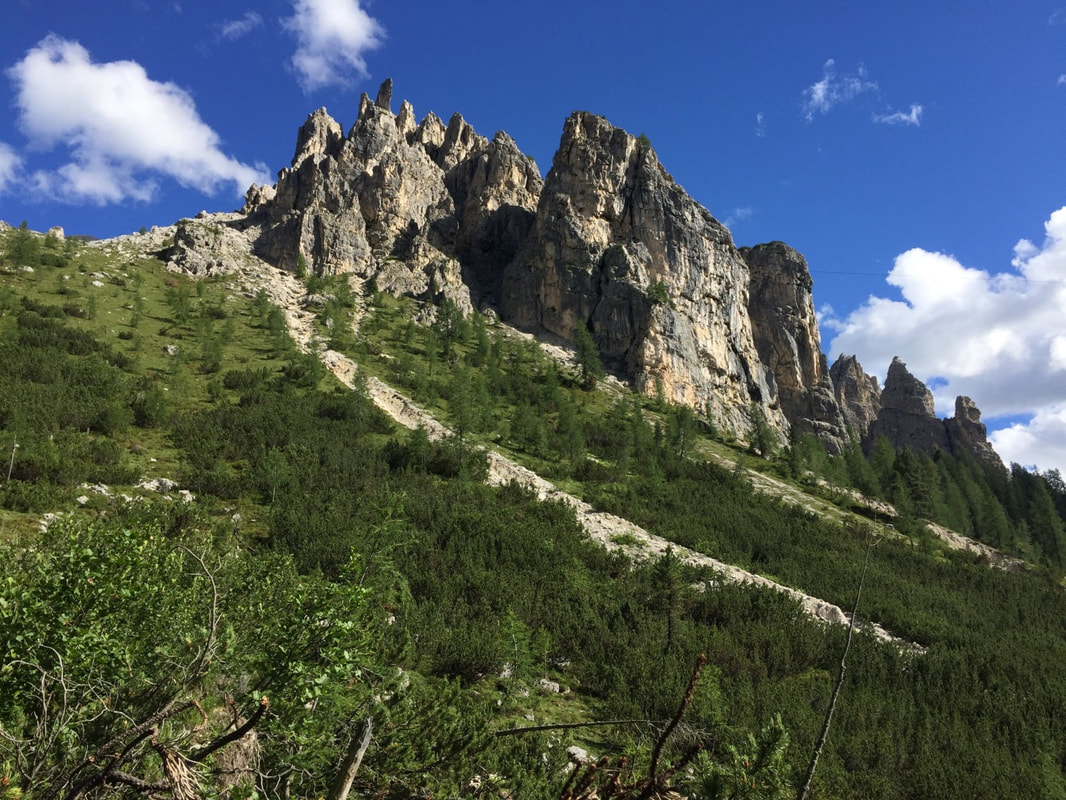
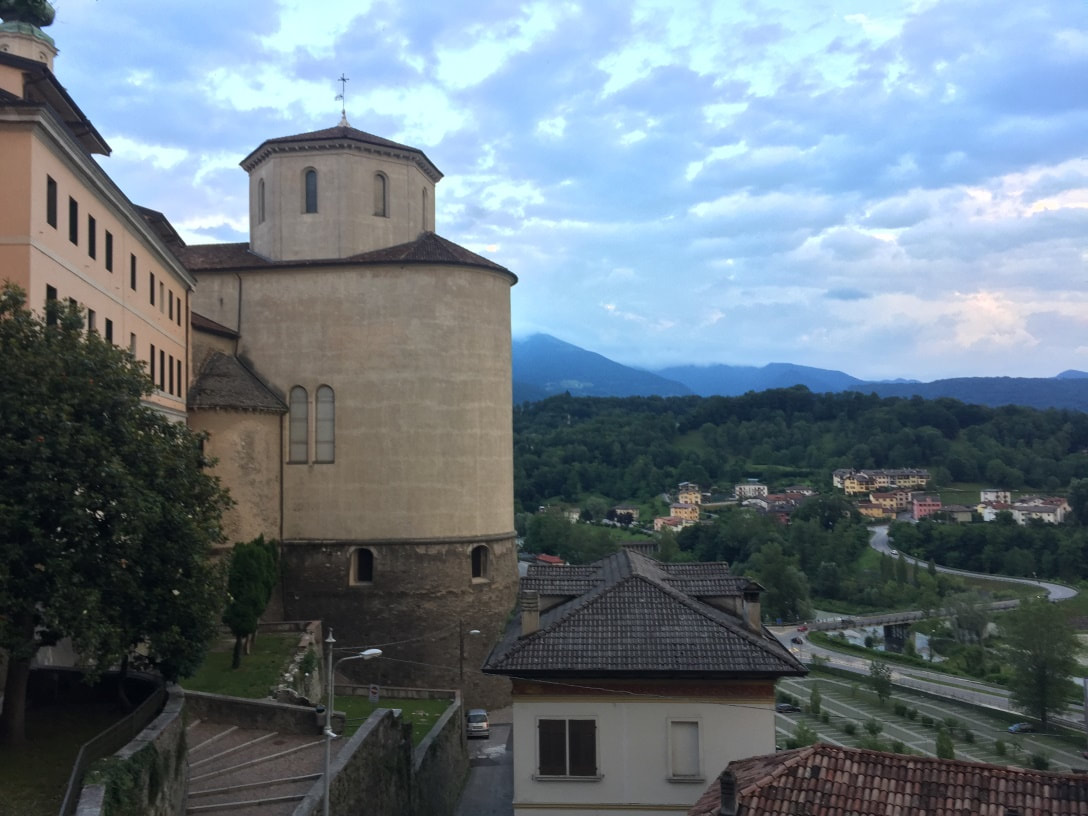
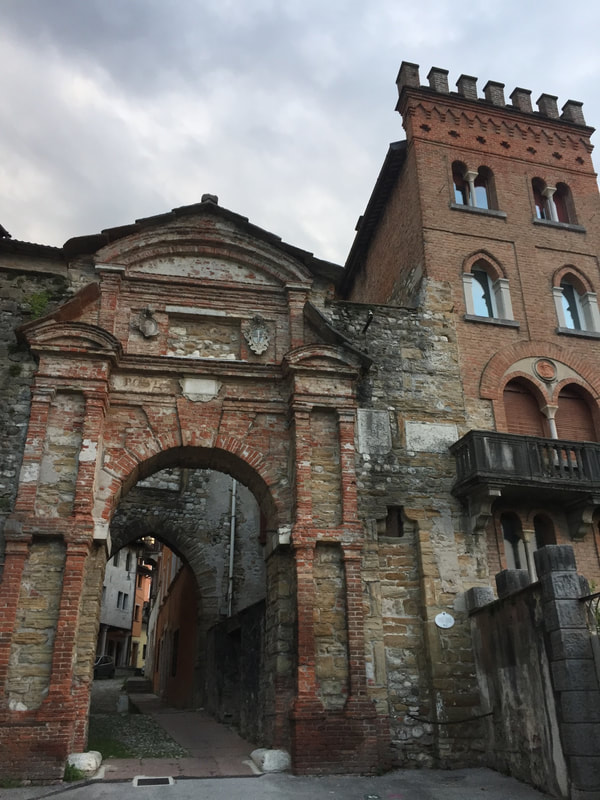
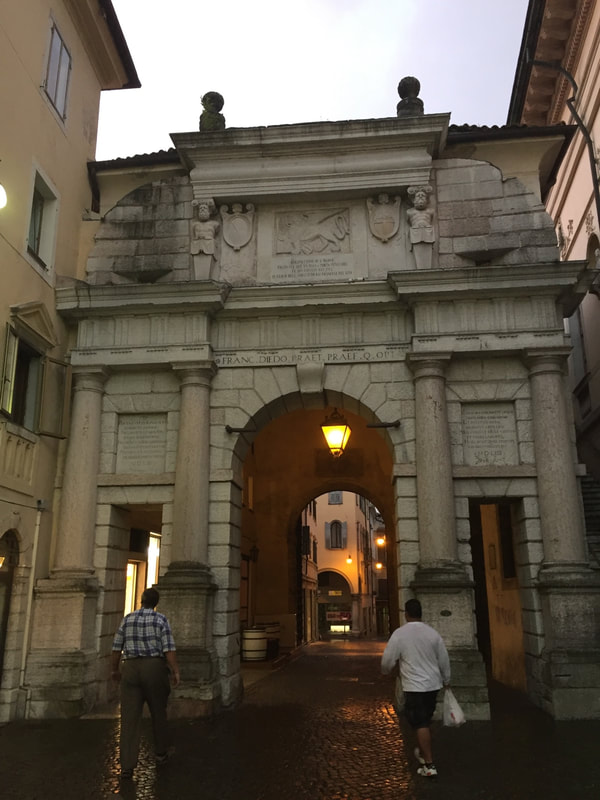
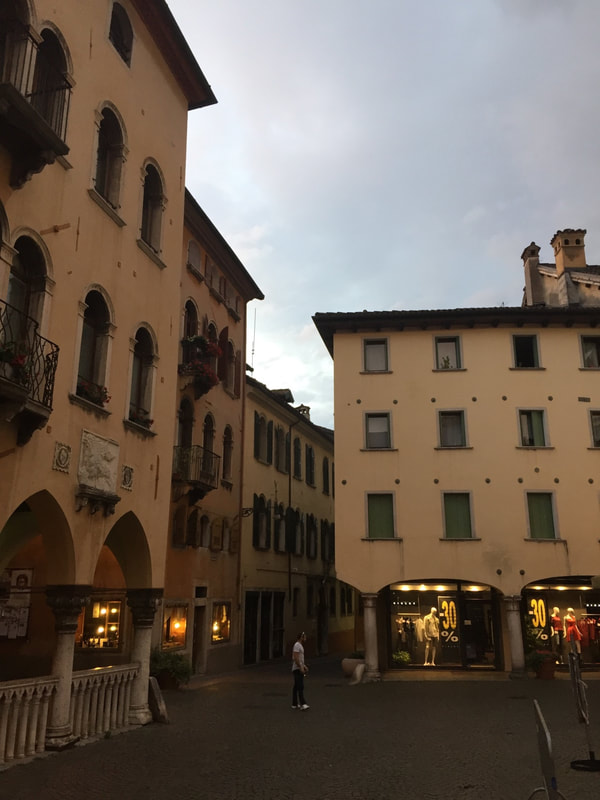
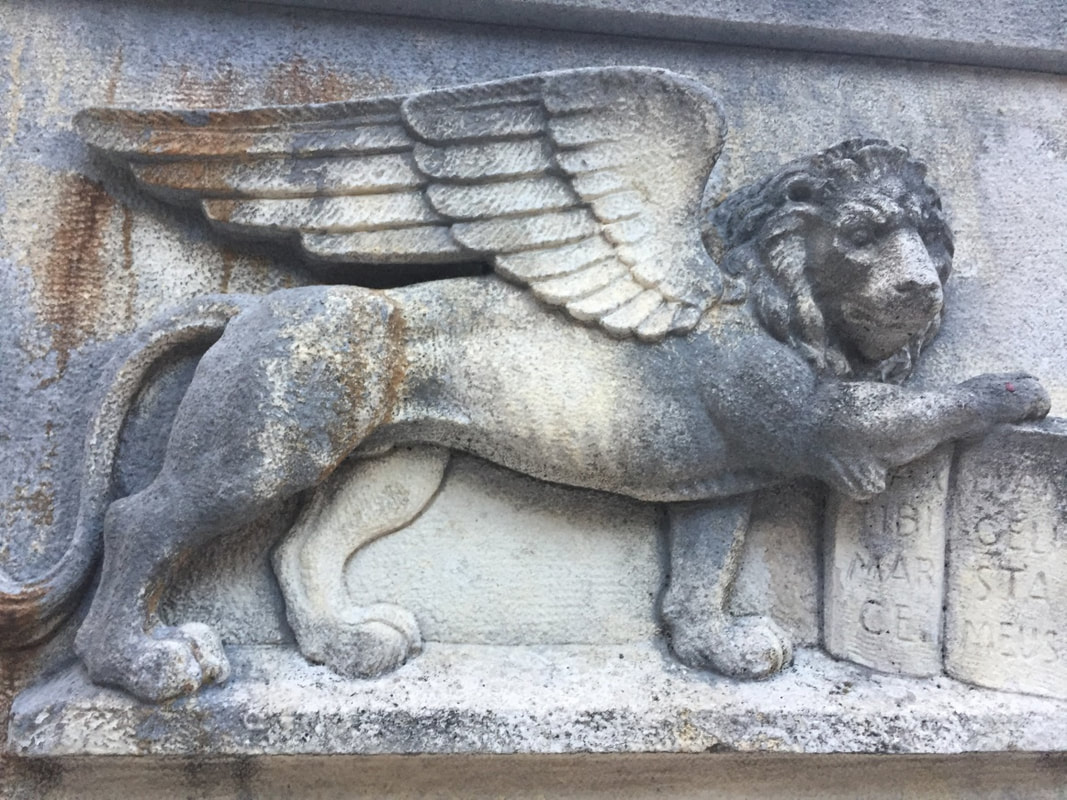
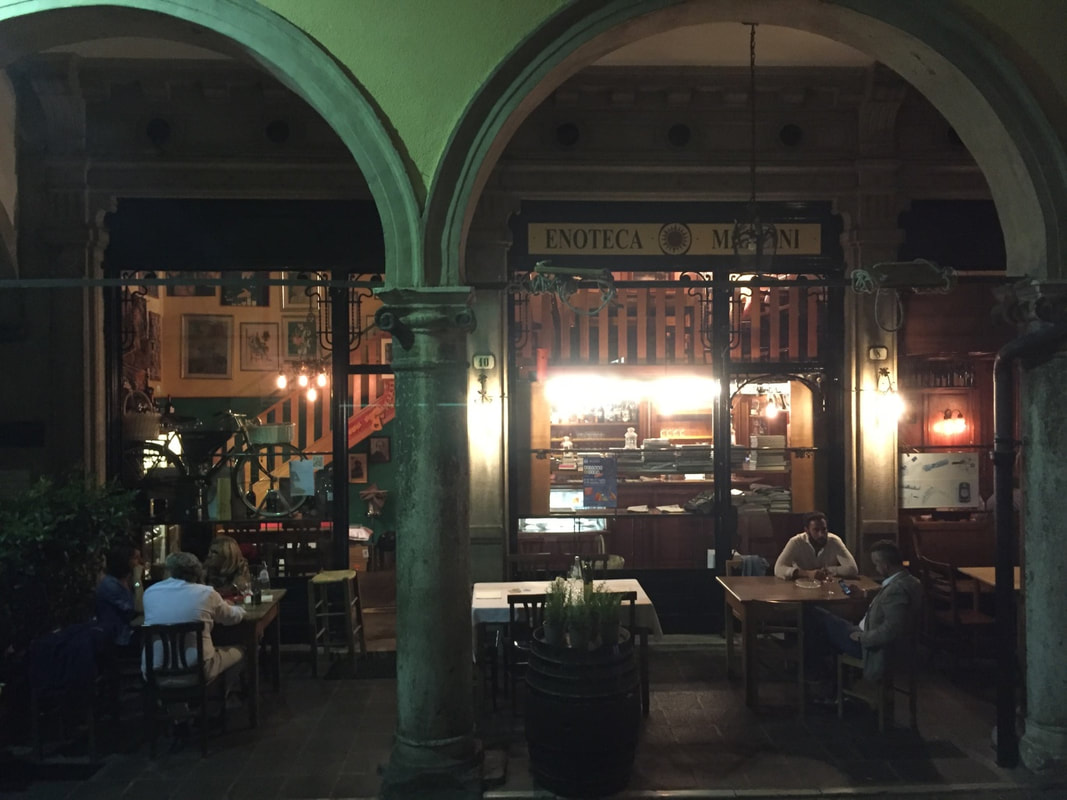
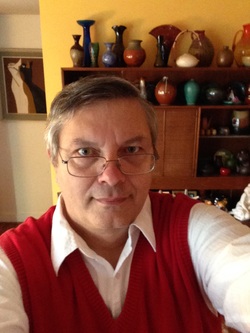
 RSS Feed
RSS Feed